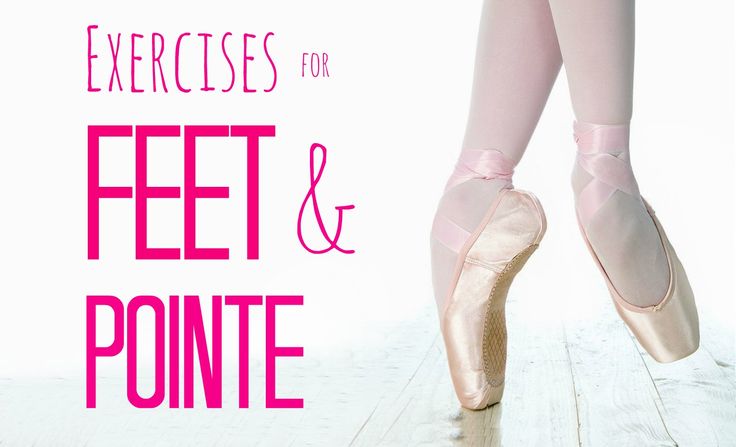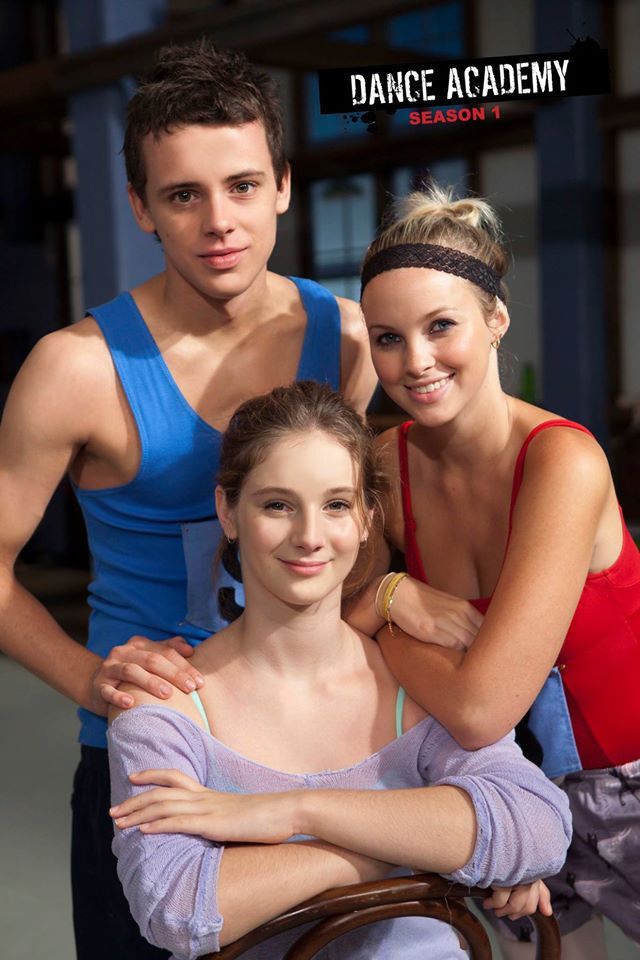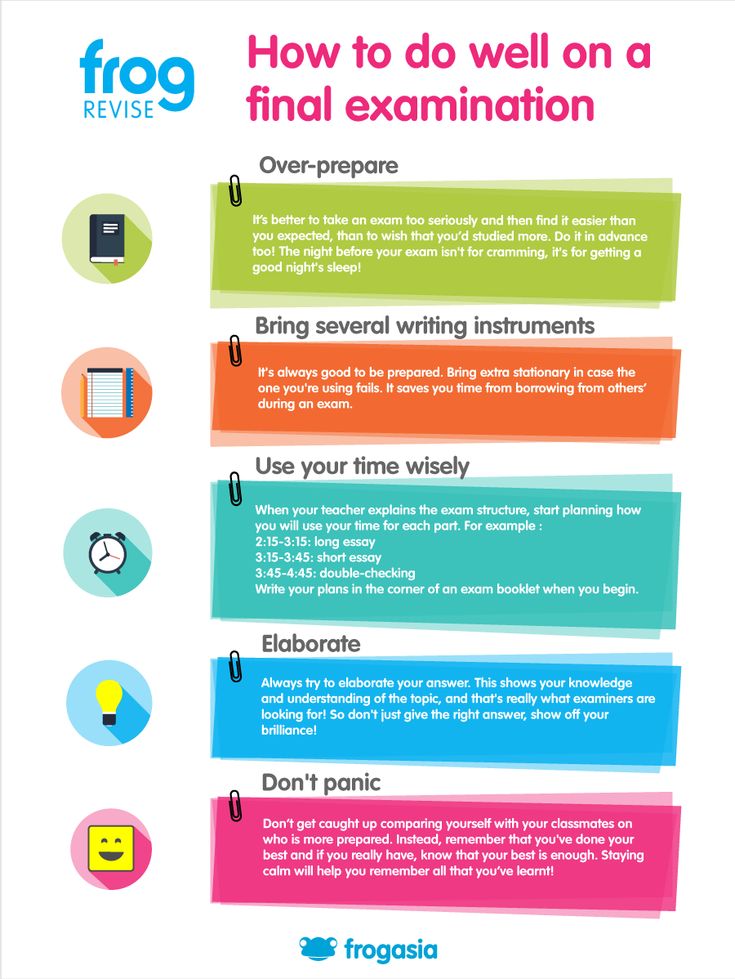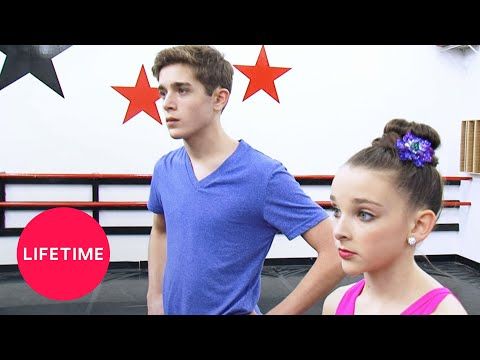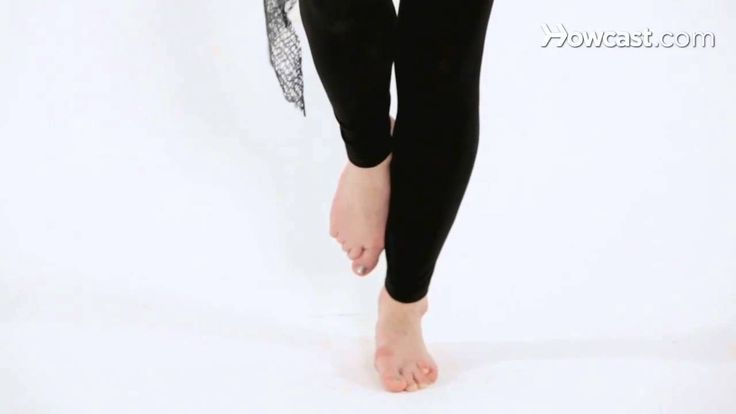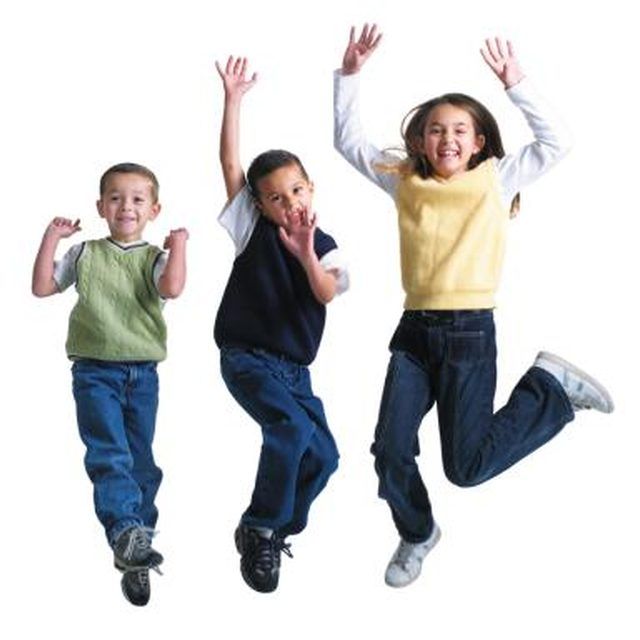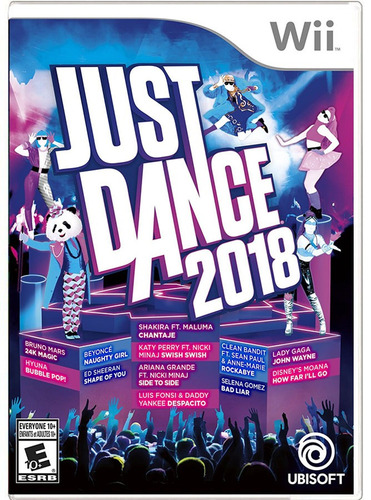How to dance the viennese waltz
learn the basic Viennese waltz step
The Viennese waltz is a whirling dance in three-four time. In waltz the couple makes regular, rapid turns - each series of six steps represents a complete circle. The first waltz step is an impulse from the dancer, which enables him to turn strongly on the second step; the third step is a closing of the feet that should be as precise as possible, in order to fully control the rotation. In the second part of the movement, the other dancer assumes the controlling of the rotation while the first dancer only supports it with a little backup on the fourth step - and apart from that just follows his / her partner's movement.
The direction depends on the first step: for a natural turn, the leader will start with the right foot and turn on the right, whereas for a reverse turn, he will start with the left foot. The reverse turn gets its special character from the crossing of the feet - which also makes it a little more difficult than the natural turn.
When waltzing in a straight line - typically along the longer side of the dance floor - three steps make half a circle. In the bends - because of the conventional anti-clockwise rotation - a little less than half a turn is needed for a natural turn - a little more for a reverse turn.
The waltz step in short
For a better understanding, we would like to explain the role of each of the six waltz steps that form an entire movement:
- First step: the dancer steps forward with his right foot - or his left foot for a reverse turn - between his partner's legs. This initiates a lesser or stronger turn - depending on whether one wants to waltz in a straight line or to take a bend.
- Second step: on the count of 2, the dancer circles his partner, thus leading the dancing couple into a sidewards rotation. The larger this step is, the further the couple goes forward on the line of dance with each turn.

- Third step: the third step completes the first half of the circle: the moving foot joins the other one so that both feet are closely parallel. For a very short time, the dancing couple - as well as each dancer individually - stands in balance. This third step is especially important for controlling the rotation and the orientation on the dance floor.
- Fourth step: on the fourth step, both dancers exchange roles: the one who danced backwards on steps 1 to 3 now takes the active role and dances the same steps that her partner just danced (see above). The one who dances backwards supports his partner, and it is particularly important that he should adapt the size of his steps to the size of his partner's steps.
- Fifth step: especially on the fifth step, the backwards dancer should not step too far away, as his dancing partner is about to circle him (see second step). If both dancers maintain a correct posture and reduce as much as possible the space between them, the backwards dancer will be able to feel the movements of his partner and thus anticipate the length of her steps.

- Sixth step: the sixth and last step completes the circle. It is a closing step - just like the third step - with again the same temporary balance that enables the dancers to control both their rotation and their forward movement on the dance floor.
As mentionned before, the Viennese waltz can be danced in natural turns (turning to the right) or reverse turns (turning to the left). For a reverse turn, the third step will not be a closing step but a crossing of the feet.
The waltz frame
Photo: Vienna Kursalon
Whoever wants to learn how to dance the Viennese waltz should not only concentrate on the practice of the waltz step, for the frame also plays a decisive role in waltz. The dancing partners face each other and each of them shifts slightly to his own left. Both feet remain parallel and at the same level - part of the right foot points between the partner's feet. The body weight is on the support leg whereas the moving leg - i.e. the one that will move next - is relaxed. For a correct Viennese waltz frame, both knees are straight - although not completely straightened, as they must remain flexible and ready to move.
For a correct Viennese waltz frame, both knees are straight - although not completely straightened, as they must remain flexible and ready to move.
Each dancer should find his own balance without any support from his dance partner. The waltz frame involves four connection points between both partners: (1) body contact on the lower right side of the bodies, at a point that may vary according to relative sizes of the partners, (2) slightly under the lady's left shoulder blade, where the man's right hand lies with a little pressure, (3) on the lower side of the man's upper arm, where the lady's left hand lies without any pressure, and (4) in the man's left hand, which holds the lady's right hand loosely.
In Viennese waltz, both dancers look out over their partner's right shoulder. There are two main strategies against the feeling of dizziness - one of them is to choose a fixed point somewhere in the room and look at it as long as possible with each turn; another technique is to keep one's eyes straight ahead and let the surroundings pass by without looking at anything in particular.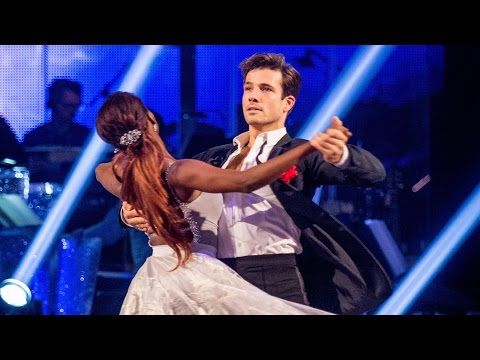 Each method has its advantages and disadvantages: each dancer should just choose the one that suits him best. At any rate, practice is the best way to get progressively rid of this feeling of dizziness - this is why we are now giving you the same advice that leads to perfect step technique: just practice again and again!
Each method has its advantages and disadvantages: each dancer should just choose the one that suits him best. At any rate, practice is the best way to get progressively rid of this feeling of dizziness - this is why we are now giving you the same advice that leads to perfect step technique: just practice again and again!
Learn how to waltz in Vienna
The best way to master the Viennese waltz and its basic step is certainly not to learn it on one's own, but to take part in a Viennese waltz class. On our website you will find some information about the following kinds of waltz classes:
- Public waltz classes: a page on the subject of public Viennese waltz classes in Vienna's dancing schools, at which one can learn the Viennese waltz together with other dancers - and which mostly take place over a long period of time.
- Private waltz classes: a description of the possibility to book a Viennese waltz class as a private event for a private group: this is for example a perfect opportunity for tourist parties who want to get a crash course in Viennese waltz during their stay in Vienna - but such classes are also a good idea for parties, balls and weddings!
- Individual dance instruction: information about the opportunity to learn the waltz or improve one's dance skills thanks to an individual course for one single dancing couple taught by a Viennese dance instructor.
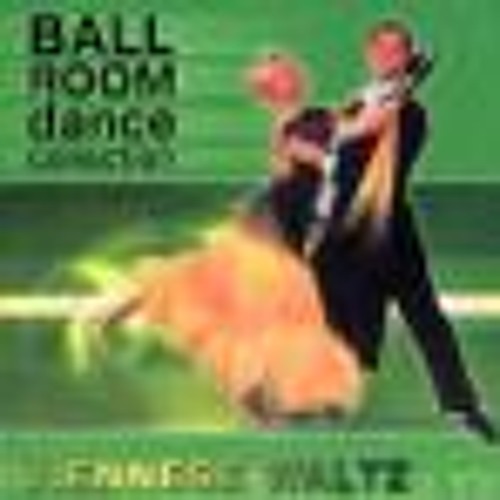
We hope that the Viennese waltz classes we just described will help you learn the waltz basic steps so that you can enjoy the Viennese balls at their fullest! If you have any question regarding waltz classes and Viennese waltz private instruction opportunities in Vienna, feel free to contact us any time at
!
Viennese Waltz | Bella Ballroom
The Viennese Waltz is a classic dance style that is featured in many romantic movies and animated films. It is characterized by sweeping, graceful turns that rotate quickly around the floor. Although it shares many similarities to the slow Waltz, it is danced at a much faster tempo—twice the speed of the slow Waltz.
History of the Viennese Waltz
The Viennese Waltz is the oldest form of ballroom dance. It emerged in the 18th century around 1750. Its precursors originate back to the 12th century to a dance of the Middle Ages known as the Round. The final turn of the dancing couple in the Round was the highlight of the dance, and this complete turn became characteristic of the Viennese Waltz.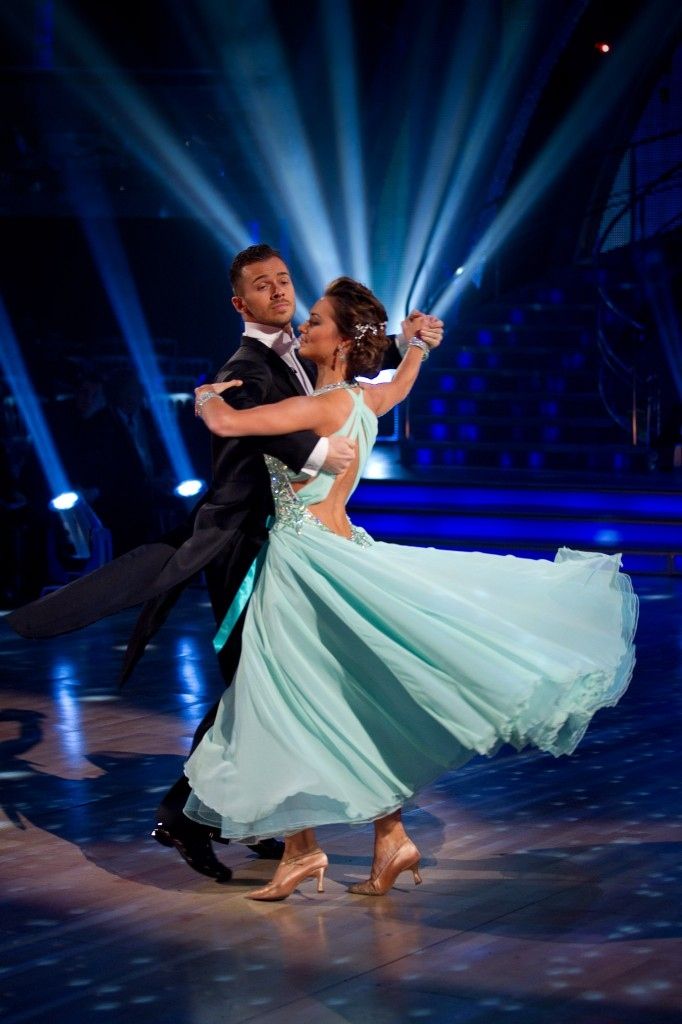 The ¾ time that makes Viennese waltz possible dates back at least as far as 1679 when “Das Lied vom lieben Augustin” was written.
The ¾ time that makes Viennese waltz possible dates back at least as far as 1679 when “Das Lied vom lieben Augustin” was written.
Viennese Waltz developed more directly from the Landler, the Deutscher, the Dreher and the Schleifer. These were local folk dances in Bavaria and Austria in the 18th century. When those living in the cities adopted these dances, their character changed immensely. They changed both musically as well as in the choreography. The tempo of the dance became much faster, and graceful gliding replaced the popular hopping movement of the folk dances. The dance moved from the country dance halls to the ballrooms of high society and the Viennese Waltz was born. At the time, it was only known as “waltz”, but the later introduction of the slower waltz was the reason why the faster original version was renamed and differentiated by as “Viennese Waltz” after its place of origin.
The Viennese Waltz arrived to England after the war of 1812. In 1814, the Viennese Waltz was said to assist putting the ambassadors to the Congress of Vienna in the frame of mind to amicably settle the chaos left after Napoleon’s first retirement. The Viennese Waltz has held a strong history in Vienna where there are still about 300 public dance balls held within the first three months of the year. Some balls have an attendance of up to 5000 dancers in this city of only 1.5 million.
The Viennese Waltz has held a strong history in Vienna where there are still about 300 public dance balls held within the first three months of the year. Some balls have an attendance of up to 5000 dancers in this city of only 1.5 million.
Prior to the birth of Viennese Waltz, the aristocrats cultivated slow dances at their courts with very rigid and strictly bound ceremonies that did not permit any liberties. Dancing partners had to keep their distance with just a slight touch of the hands. The Viennese Waltz required the man to places his hands on the woman’s hips. Pairs danced in very close holds and looked at each other rather deeply in the eyes. The Viennese Waltz offered a more liberal lifestyle compared to the rigid manners of aristocratic dances. Viennese Waltz allowed dancers to drop their composure and free their emotions. Initially, these liberties presented by Viennese Waltz were considered very scandalous. Women’s ankles were exposed as they danced around the floor and couples embraced too closely for social approval.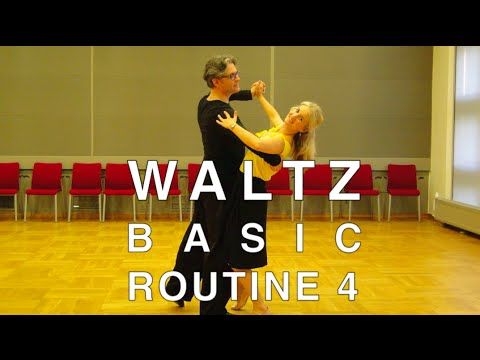 This is why the dance was even banned for some time. Eventually the Viennese Waltz took the ballrooms by storm and gained so much popularity that even the high societies also accepted the dance with enthusiasm. The dance was finally able to slowly, but surely, gain acceptance into the courts.
This is why the dance was even banned for some time. Eventually the Viennese Waltz took the ballrooms by storm and gained so much popularity that even the high societies also accepted the dance with enthusiasm. The dance was finally able to slowly, but surely, gain acceptance into the courts.
The style of Viennese Waltz was shaped in Habsburgian, Vienna. It was there that the movement evolved and classical musicians took up the Waltz rhythm. The music of composers Johann Strauss and Joseph Lanner helped to popularize the faster Viennese Waltz. In the 19thcentury, many variants of the Viennese Waltz emerged including the Polish Mazurka Waltz, the Hungarian Waltz, the Mexican Waltz, The French Waltz and the Musette Waltz. The Viennese Waltz continued to gain popularity throughout the 20th century and into the 21stcentury. Viennese Waltz is now recognized as a ballroom dance staple around the world.
Viennese Waltz Dancing Today
Today, Viennese Waltz is danced at the competitive level in both the International Standard and American Smooth Ballroom categories and is still a popular social dance in ballroom dance studios.
International Style Viennese Waltz is danced in a closed position and the syllabus is limited to certain movements including natural and reverse turns, changes, fleckerls, contra check, left whisk, and canter pivots. American Style Viennese Waltz is danced in both open and closed dance positions and has much more freedom than it’s International counterpart. It’s full of fun interpretations with a more theatrical feel leaving closed position to explore alternative holds, underarm turns and side by side choreography.
Viennese Waltz events, balls, and competitions are held throughout the world annually. Some of these events feature purely Viennese Waltz dancing while others include other styles of ballroom dance. In the United States, the Viennese Waltz has been brought to America’s pop culture forefront via famous TV shows such as “So You Think You Can Dance” and “Dancing with the Stars.” The grace, flow, and beauty displayed by Viennese Waltz dancers draw a mass appeal to any admiring spectators. It is a popularly requested dance at ballroom dance studios around the world.
It is a popularly requested dance at ballroom dance studios around the world.
Viennese Waltz Music
- “The Potter Waltz” Prague Philharmonic Orch.
- “I Know You” Sleeping Beauty
- “You and Me” Lifehouse
- “Sofia” Johann Strauss
- “Only Hope” Mandy Moore
- “FanFan” 101 Strings Orchestra
- “I’m With You” Avril Lavigne
- “Skin” Rascal Flatts
- “That’s Amore” Dean Martin
- “Kiss from a Rose” Seal
- “Fallin’” Alicia Keyes
- “Break Away” Kelly Clarkson
- “One and Only” Adele
- “All I Need” Within Temptation
- “Breathe (2am)” Anna Nalick
- “The Time of Your Life” David Cook
- “Carribean Blue” Enya
- “A New Day Has Come” Celine Dion
- “A Thousand Years” Christina Perri
- “Always and Forever” Luther Vandross
- “Delilah” Tom Jones
- “Enamorada” Sandra Cartolari and Claudio Novelli Orchestra
- “Iris” The Goo Goo Dolls
- “These Arms of Mine” Otis Redding
- “Cryin” Aerosmith
- “This Love” Leanne Rimes
- “Beautiful Life” Lindsay Lohan
- “I Have Nothing” Whitney Houston
- “You’re My Number One” Enrique Iglesias
- “Your Guardian Angel” The Red Jumpsuit Apparatus
- “End of the Road” Boys 2 Men
- “Ill Make Love to You” Boys 2 Men
- “Runaway” The Corrs
- “Amas Veritas” Alan Silvestri
- “That’s Amore” Dean Martin
- “Que Sera Sera” Doris Day
- “Walkin’ Away” Clint Black
- “Tu Solo Tu” Selena
- “I Won’t Give Up” Jason Mraz
🤬 How to dance the waltz? | Interesting facts
Dancing is the best way to express your feelings and get even closer to your loved one. Waltz is the most romantic pair dance. That is why every self-respecting person should be able to dance the waltz.
Waltz is the most romantic pair dance. That is why every self-respecting person should be able to dance the waltz.
How to learn to dance the waltz?
To learn how to dance this beautiful dance smoothly and beautifully, it is best, of course, to start from childhood. The child's mind grasps everything new much faster, and the child's body is more pliable to new loads and movements.
Waltz is included in the ballroom dancing program
Thus, if you have a child, it is better to immediately send him to the ballroom dancing section so that in a couple of years you can admire the performances of your child. So your baby will get used to discipline and beauty from childhood, and you can be proud of his successes and achievements.
If you are eager to learn how to waltz yourself, you will have to come to terms with the fact that you will need patience. The main thing is not to lose perseverance and train.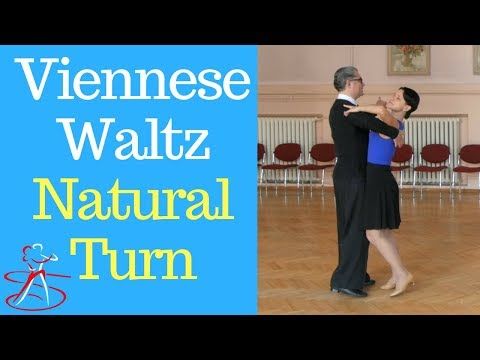 Remember that at first something may not work out, but over time everything will definitely work out, and you will be free to dance the Viennese waltz.
Remember that at first something may not work out, but over time everything will definitely work out, and you will be free to dance the Viennese waltz.
The ability to dance the waltz was highly valued in high society
It is best to sign up for a ballroom dance course. Experienced instructors will help you integrate into the dance environment and help you learn all the necessary movements as quickly as possible. Be sure to choose your courses carefully so as not to be disappointed. Ask friends and acquaintances which club has the best reputation. Many clubs have open free lessons at the beginning of the season, where you can get to know the teachers, the school and find out the schedule.
If you do not like or are embarrassed by noisy companies, you can use the services of a private teacher. Of course, this is not the cheapest pleasure, but a calm environment will help you relax and learn the material faster.
How to dance the waltz
For those who are especially busy, and maybe a little lazy, the best option would be to learn to dance at home.
How to learn to dance the waltz at home?
So, if you dream of not only circling around the hall in a beautiful outfit, but also feeling the music, as well as correctly performing all the movements, then it is best for you to contact a private instructor. As we noted above, this is very convenient. In addition, a personal teacher will be able to objectively assess your abilities and characteristics, and teach you how to dance.
To get the most out of your private lessons, start by learning to dance. It will be useful to get acquainted with the features of such types of waltz as: Viennese, Friendship, French, Boston, Figured. Find out how and when they originated, where they were danced, what are the differences.
The newlyweds choose the waltz as their first dance
To learn how to dance the waltz, like any other dance, you need to learn to feel the music. Get a player and download waltz music. Listen to it in your free time, trying to imagine the movements that can be superimposed on this music.
Listen to it in your free time, trying to imagine the movements that can be superimposed on this music.
You can also use instructional videos to learn how to waltz. So we can gradually master the skill of dancing in a calm home environment. In addition, the video allows you to repeat the necessary part of the lesson if necessary. Yes, and it costs much less, because you can download the lesson on the Internet. If you buy a CD with lessons, it will cost you less anyway.
Perhaps one of your friends or relatives knows how to dance this dance. Ask him to teach you, or to correct the technique. In any case, practice as often as possible at home, go to open classes or events where you can work out with new partners once again.
Viennese waltz: video lesson
To learn how to dance the waltz, you need to immerse yourself in the atmosphere of the dance. This will set you in the right romantic mood. If this becomes your real hobby, success in learning the waltz will not be long in coming.
How to dance the waltz?
Before you start learning the Viennese Waltz, it is important to prepare yourself and your body. To do this, you need to tune in and start training the body. So, try to do a warm-up every day, preferably to the music of the Viennese waltz. This will set you in the right mood, you will have time to get used to the music and rhythm.
Try to perform all movements smoothly, to the beat of the music. Sudden movements can harm you, especially if you are not used to it. Pay special attention to stretching, especially the hands and socks. To do this, perform lifts on toes, rotations. Try also to stretch your fingers, and keep your hands at shoulder level. In no case should the shoulders be raised in the dance, it looks ugly.
Waltz - partner dance, a lot depends on your partner
Of course, the ideal option would be to learn to dance the waltz together with a partner.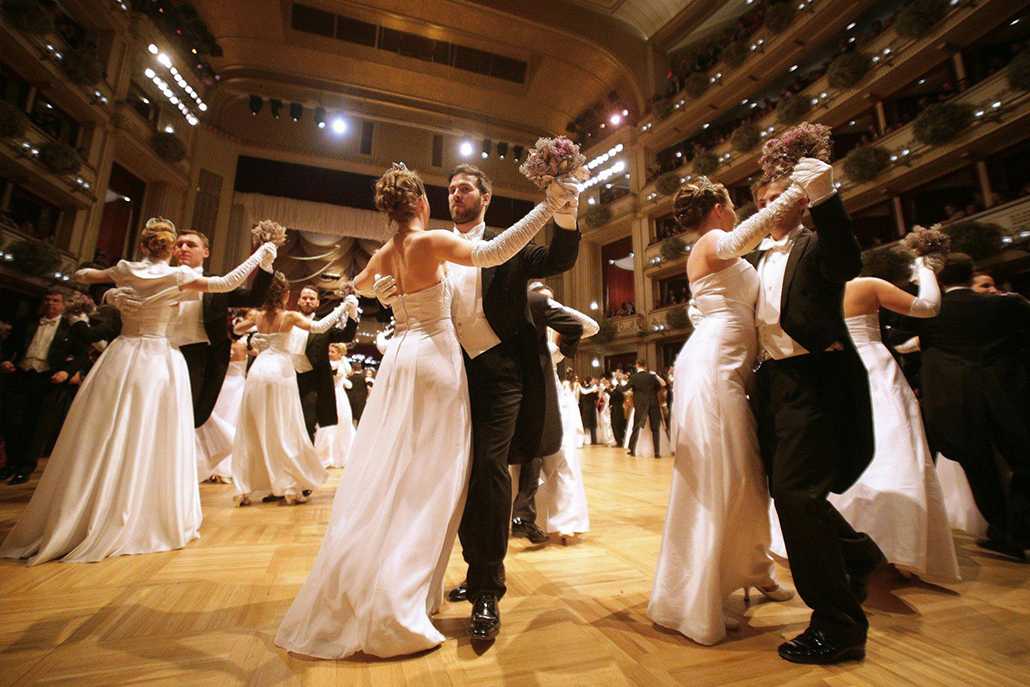 This will bring you closer to your loved one. A shared hobby is very good for a relationship, so of course it's worth learning to waltz together, not apart.
This will bring you closer to your loved one. A shared hobby is very good for a relationship, so of course it's worth learning to waltz together, not apart.
The editors of uznayvse.ru wish you patience in learning such a dance as the waltz. But we assure you - the result will be worth it. You can impress everyone or make your old dream come true.
Viennese waltz ballroom dancing lessons for beginners in the Moscow region
School of sports and ballroom dancing "VARIATIONS OF THE VEKA" invites you to group and individual lessons of the Viennese waltz, conducted by experienced dancers and winners of international championships. Our school will be a great start on your dance path, because we know how to organize Viennese waltz lessons for beginners so that you fully master the dance technique.
This dance is an integral part of all gala balls and evenings. The Viennese waltz is characterized by circular rotations of partners in a single impulse, which is why it is so important to feel the music, rhythm and partner.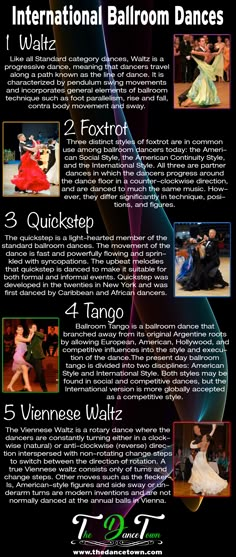 Today, evening events where the waltz is danced are not so often held, but we recommend that you learn how to dance this dance, which has a unique charm, charm and magic.
Today, evening events where the waltz is danced are not so often held, but we recommend that you learn how to dance this dance, which has a unique charm, charm and magic.
Features of the dance
If you are interested in the technique and specifics of how to dance the Viennese waltz, then the key feature is the accentuated rhythm, which makes the dance elegant and romantic. In our lessons you will learn to feel this rhythm in different variations and dance confidently and selflessly.
The beauty and originality of the modern Viennese waltz lies in the changing tempo, alternating left and right turns. We will tell you about the techniques of both classical and modern dance, so that you feel comfortable and irresistible while dancing this incredibly romantic dance. For swift and fast whirling in the Viennese waltz, absolute mutual understanding of partners without words is necessary. In the Viennese waltz lessons for beginners, our teachers will teach you how to move smoothly and gracefully, despite the rapid and changing direction of movement.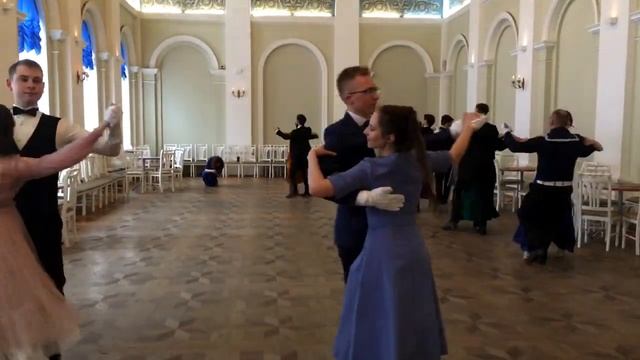
Why choose our dance school?
School "VARIATIONS OF THE AGE" was founded recently, but we are a close-knit team of professionals who are in love with their work. We are in love with dance, and we will help you fall in love with it too. Coming to us for Viennese waltz lessons in Moscow, you will love this dance with all your heart from the first lesson and will be looking forward to the next lesson.
The advantages of our dance school:
- a team of professionals, charismatic and bright dancers who are ready to share their skills and abilities with you;
- modern learning technologies in a friendly atmosphere;
- individual class schedule, so even if you are a busy person, we will select a flexible schedule for you and help you enjoy the waltz to the fullest;
- we help you to feel the soul of the dance, and, knowing the technique, we will teach you how to improvise.
Viennese waltz training will be an emotional release, a great alternative to a boring fitness room.
